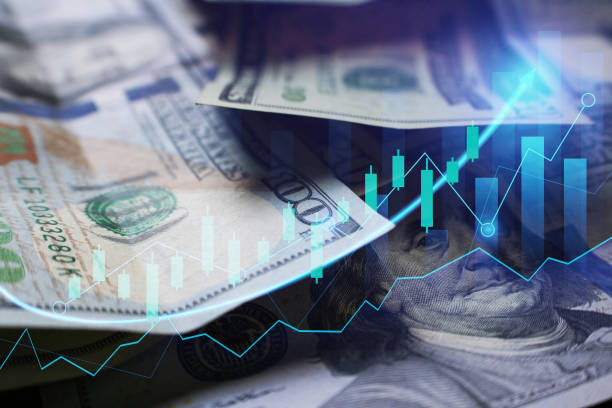Photo: istock/Google
By Isaac Cohen*
The latest figures on inflation in the United States, released last week by the Commerce Department, revealed a slight increase. In February the personal consumption expenditures price index, the central bank preferred indicator, increased to 2.5 percent from a year earlier, slightly above the 2.4 percent it reached in January. This is far from more than 7 percent reached by the end 2022, but still short from the central bank objective of 2 percent.
The main contributors by almost two thirds to the price increase were gasoline and housing. The increase in the price of regular unleaded gasoline, to $3.50 per gallon, was due mainly to production cuts approved by the members of the Organization of Petroleum Exporting Countries and Russia, together with less production in the United States, after a record of almost 13 million barrels in 2023, and the end of winter in the northern hemisphere.
On the other hand, high interest rates have depressed both the rental and sales of homes, while other indicators reveal a strong economy, despite the restrictive monetary policy posture. Consumer spending is growing, unemployment is under 4 percent, with this year’s first quarter economic growth estimated by the Federal Reserve Bank of Atlanta at 2.1 percent. In these conditions, Federal Reserve Chairman Jerome Powell, said last Friday, “we don’t need to be in a hurry to cut.”
*International analyst and consultant, former Director ECLAC Washington. Commentator on economic and financial issues for CNN en Español TV and radio, UNIVISION, TELEMUNDO, and other media.




